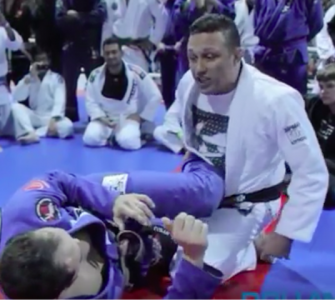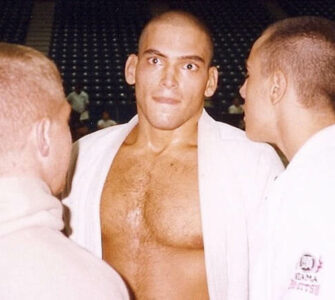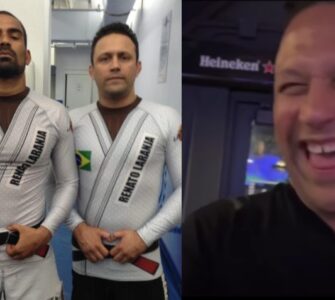The New Zealand born black belt has been praised by the BJJ community as being a master and brain of the art. Danaher is a highly intelligent individual, who has a Master degree in philosophy from Columbia University, and is totally focused on the evolution and improvement of Jiu-Jitsu.
Recently he touched upon a common bjj trope – the idea between position before submission approach that many instructors around the world propagate. Danaher writes:
Position and submission: Most students of Jiu Jitsu are told from their first class the relationship between position and submission – position first and submission follows. As you grow in sophistication you will learn that the relationship is more nuanced than this – sometimes we can threaten a submission hold and use the opponents defensive reaction to gain a better position.
Probably the single biggest problem I see with developing athletes in submission only competition is a general failure to maintain POSITIONAL PRESSURE as they engage their opponent. This creates a floppy looking match where the two combatants roll around for limbs but with no attempt to control the TORSO first. This can have the effect of creating an undesirable meandering look to the action rather than what we should aim for – FAST AND DIRECT ACTION INITIATED BY POSITIONAL PRESSURE TOWARDS CHEST TO CHEST OR CHEAT TO BACK POSITIONS AND THEN DECISIVE ATTACKS TO THE LIMBS WHEN THE OPPONENT FIGHTS AGAINST THE POSITIONAL PRESSURE AND OVER EXTENDS HIS LIMBS.
Here you can see Nicky Ryan put the great Masakazu Imanari under strong positional pressure to create reactions (look at the extended limbs) that enabled him to switch from limb attacks (legs) to chest to back position (strangles) – in the end he chose the latter – but the choice arose from the initial positional pressure. As much as we love the drama, decisiveness and action of submissions – never neglect the very thing that makes them possible at high level – positional pressure.

















